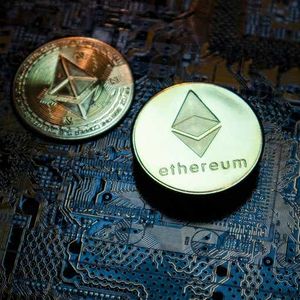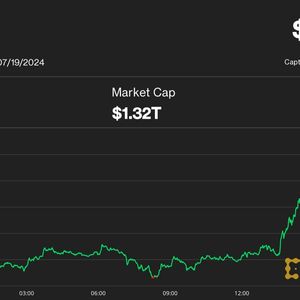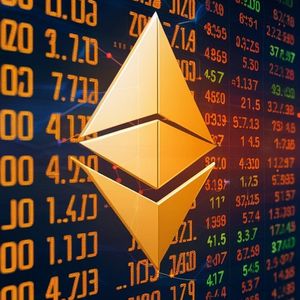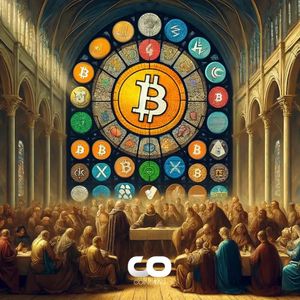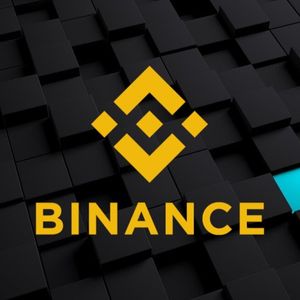Summary Ethereum's scalability improvements are bullish for the ecosystem, but haven't increased the price of ETH to this point. Investment flows into ETH have been positive year to date, but lag behind smart contract peer networks like Solana. Dencun upgrade reduced fees for L2 scaling chains, indirectly turning ETH inflationary again. Back in March, I covered the Ethereum ( ETH-USD ) blockchain for Seeking Alpha. Fresh off a Wall Street Breakfast survey of Seeking Alpha readers indicating crypto may not be an investable asset class, I argued that networks like Ethereum, while certainly risky, should be viewed as infrastructure improvements to how money is transacted over the internet: Let’s instead think of the distributed ledger technology where each of these assets live more through the perspective of banking rather than the dollar itself. Over the last couple of decades we’ve seen the internet disrupt numerous forms of medium that previously utilized physical materials. Letters are now emails. Physical newspapers are now online. Both terrestrial radio and linear television are being replaced by streaming. With the backdrop of the network's Dencun upgrade top of mind, I made the argument that improvements to Ethereum's scalability was ultimately bullish for the native asset of the ETH ecosystem, since it is generally required to facilitate transactions. Since publishing, Ethereum has not only declined, but is trailing Bitcoin ( BTC-USD ) as well: Data by YCharts In this update, I'd like to go over what we're seeing in the market in the four months since my Dencun piece and why Ethereum may have some hurdles that need to be addressed going forward. TPS and Fund Flows Data by YCharts It may be surprising for some to see, but the truth is daily transactions on Ethereum have been in decline since the second half of 2021. On the surface, this looks bad. But the reality is Ethereum address scaling is indeed happening on layer 2 networks like Arbitrum ( ARB-USD ), Optimism ( OP-USD ), and Base. The latter of which utilizes a sequencer operated by Coinbase ( COIN ). Scaling Activity (L2Beat) As of July 17th, Ethereum's mainnet transactions per second figure, or TPS, came in at little above 13. The aggregated layer 2 chains collectively added 306 TPS for a scaling factor of 22.3x. For the broader Ethereum ecosystem, this is great for utility. However, for ETH holders it hasn't proven to deliver a higher price for ETH, the asset. The argument could certainly be made that ETH ran up too quickly between February and March with Bitcoin's spot ETF approvals lifting all boats, but capital flows into the asset class seem to tell a different story: Crypto Investment Flows (CoinShares) Investment flows into ETH have only recently gone positive year to date and actually lag smart contract peer Solana ( SOL-USD ). Without investment capital flowing into Ethereum products, ETH's primary demand drivers are either transaction fee payment or asset staking for yield. Staked ETH vs Network Reward Rate (StakingRewards) There are 33.1 ETH in stake as of article submission. That's up a whopping 52% over the last year. While it's clearly true that more ETH has been staked over the last twelve months, the reward rate has come down dramatically with the increased stake. At a 3.5% reward rate from staking ETH currently, investors are actually better off in T-bills if the price of ETH stays flat. This brings us to fees. The Fee Paradox Daily Transactions (Artemis) One of the major selling points of the Dencun upgrade is that it reduces fees for L2 scaling chains. That has indeed been the case, and we've seen the surge in activity on L2s as proof positive that fee reduction increases usage. Optimism, Base and Arbitrum have been big beneficiaries here, with those three chains producing a combined 169.6 million transactions in June - up 270% from 45.9 million transactions in February. But the good news is also bad news: Monthly Fees (Token Terminal) Again, if we view public blockchain networks as internet payment infrastructure, then Ethereum's Dencun upgrade has arguably hurt the bull cash for ETH as an asset in the short to medium term. Following Dencun, mainnet fees have essentially collapsed from $606.8 million in March to $142.4 million in June. Without L2 scaling chains paying mainnet to the degree that they were before Dencun, ETH has flipped back to inflationary since March: ETH Inflation vs Price (StakingRewards) Pre-Dencun, there had been a correlation between ETH's inflation rate and the price of ETH. As a deflationary asset, supply destruction created asset price increases. We can think of this similar to how buybacks have aided in pushing stock prices higher. Longer term, this is less of a concern, provided scaling through L2s (and even L3s) continues going forward. And there is nothing at this point in time that would indicate that growth won't continue. Like mainnet, L2s generally require ETH for transaction fees as well, they're just far cheaper per transaction. Key Risk: Fragmentation Beyond mainnet fee reduction, I see network fragmentation as one of the biggest risks currently facing the Ethereum ecosystem today. Interoperability needs improvement. It's easy to bridge from an L2 to Ethereum and back. What is less straightforward is moving liquidity between the L2s. This is not a problem that competing L1 chain Solana has at the moment, and we've seen the usage of that chain begin to challenge Ethereum in recent weeks based on daily fees: Daily Fees (Artemis) This phenomenon has actually created a scenario where Solana trades a lower price-to-fee multiple than Ethereum: P/F Comparison, July 17th (Token Terminal) As I've said numerous times through my Seeking Alpha work, there are not yet well-defined valuation multiples that can help investors determine what is comparatively cheap or expensive. For smart contract networks, I like price to fees personally, but others may have a different view. Closing Thoughts I'm still long Ethereum and believe that spot ETFs in the US will bring more investment capital into the asset class. In my view, there have been noticeable changes in how the U.S. regulatory apparatus is treating the industry. We've recently seen the Securities and Exchange commission drop its investigation into stablecoin issuer Paxos Global over Binance USD ( BUSD-USD ) after issuing a Wells Notice last year. Furthermore, former President Donald Trump, who has released NFTs on Polygon ( MATIC-USD ), is expected to speak at Nashville's Bitcoin conference in late July. For long-term crypto investors, Ethereum is still a must. Despite the price of ETH lagging significant improvements in the usability of the EVM ecosystem, future growth in on-chain activity should propel ETH higher, as it is still the gas that keeps the engine going.
